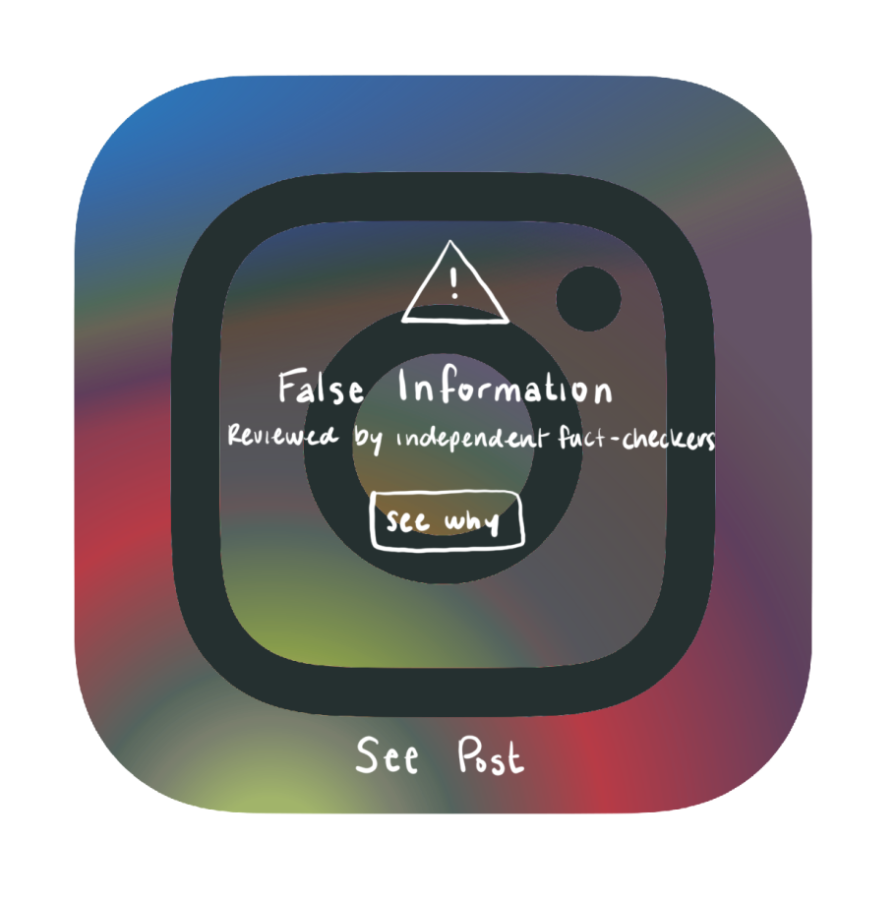A culture of misinformation
May 25, 2023
High school students are living in a technological revolution. Print is a dying breed, and while parents have switched from physical newspapers to online versions, teenagers rely solely on social media. According to the American Physiological Association, less than 20 percent of teenagers report reading the news.
While Tik Tok and Instagram infographics can provide teenagers with a stream of constant news, it can be hard to filter out the truth from entertainment. Phones have become mere extensions of the physical body, like a second mind. The danger with this is that we are conditioned to believe that the information coming from the screen is never fiction. According to a report done by News Guard Tech, after sampling searches of prominent news subjects, they found that 20 percent of the videos were spreading misinformation. For people who solely rely on Tik Tok for news, 20 percent of false information is huge.
Chemistry teacher David Sandusky recently started a unit on climate change and had his students write what they knew about the topic.
“There’s always a portion of students who think they understand climate change well, but it’s really just information off of social media. My hope with this unit is to bust some of that false information,” Sandusky said.
Social media appeals to the consumer, spitting out information (sometimes true, sometimes not) specifically tailored to entertain a certain demographic. Meanwhile, the current events that reach headlines in publications like The New York Times, never reach teenagers.
“In history class, my teacher will often bring up how a historical event connects to a current event. Most of the time I have barely heard about whatever current event she is talking about,” junior Annie Marks said.
Yes, social media’s impact on the news affects young adults across the nation. However, Tam students are less aware of events than the average teenager.
“Majority of the information I am aware if is related to pop culture because that is what is displayed online. Occasionally, I will look up a news topic I saw a Tik Tok on, and it’s almost always false. The amount of information I consume and don’t fact-check is kind of concerning because a large portion of it could be false,” sophomore Anya Godfrey said.
People often refer to Marin County as a bubble with the notion that it is abnormal to be raised in a culture of pure affluence and wealth. However, this term rings true for a multitude of different reasons, one being how unaware students are of the events occurring right across the bridge, across the country, or on the other side of the world.
“I think our community’s privilege really shines through when there are events happening that affect people’s lives in major ways,” Godfrey said. “We are oblivious to them. In Marin, we have the privilege of not really caring who is politically in office, because our everyday lives will not change. Most people don’t have that privilege, most people have to fear for their lives depending on who is elected. Things like that really show our privilege.”




